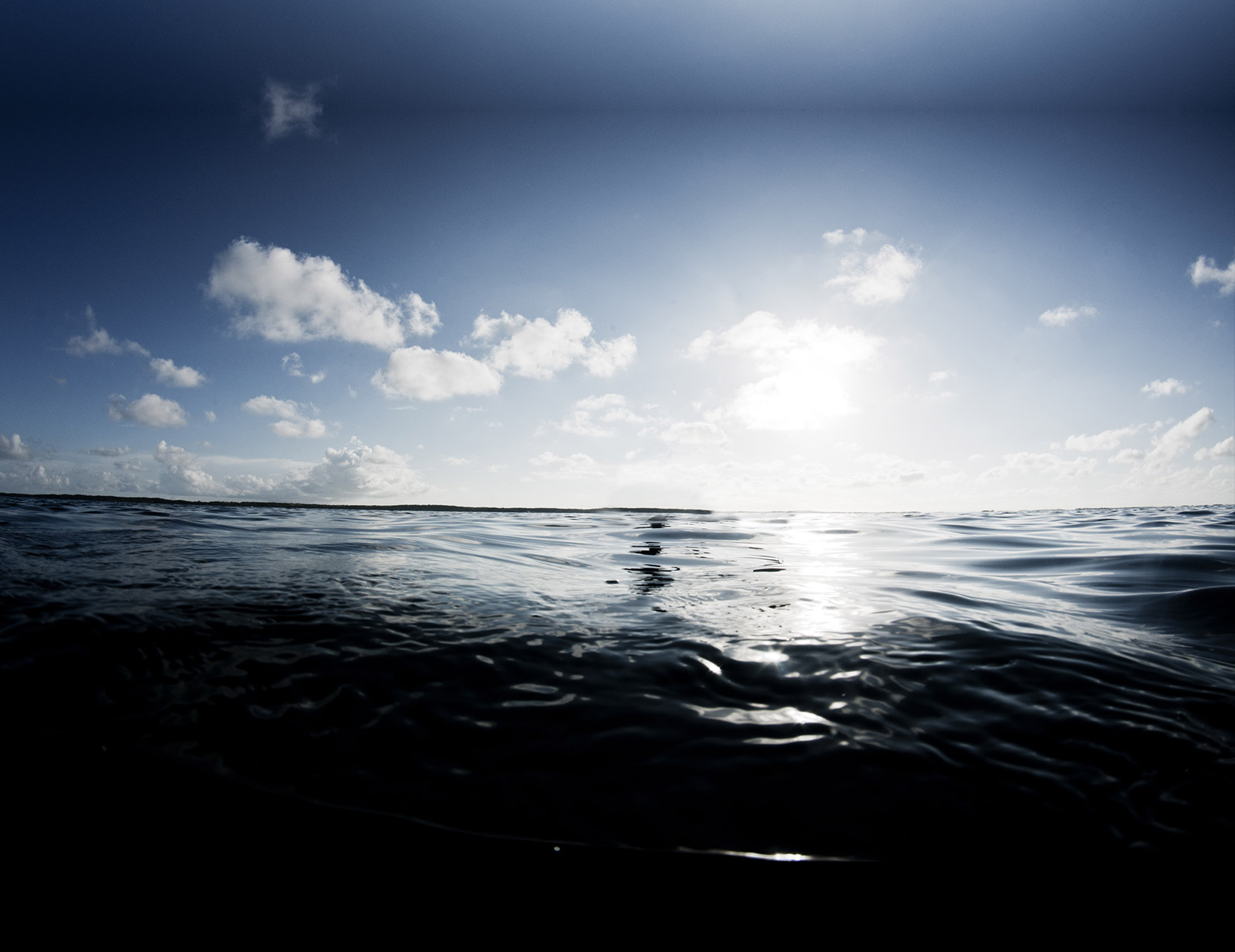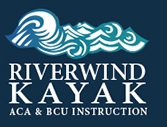ACA Kayaking
Basic Strokes and Rescues Level 2
Course Overview: Introduce basic coastal kayaking skills and safety to beginners
Course Overview: Introduce basic coastal kayaking skills and safety to beginners
Course Objectives: Participants will be introduced to:
-
Proper fit and adjustment of their kayak for effective control and comfort
-
Attaching and releasing the spray skirt
-
Safely entering and exiting kayak, including wet exit
-
Effective use and control of the paddle
-
Performing basic strokes efficiently
-
Performing T-rescue and Paddle float self rescue
-
The importance and influence of weather and tides on the coastal kayaker
-
Dealing with marine hazards and other safety issues
-
Understanding personal limitations and skill level
Prerequisite: None
Minimum Personal Equipment for the course:
Properly sized and outfitted kayak with front and rear flotation. Standard gear and safety equipment (paddles, PFD’s, sprayskirts, paddle floats, bilge pumps, and appropriate clothing for weather and immersion)
Course Duration: One day (8 hours)
Course Location: Ideal teaching conditions are a protected freshwater lake or saltwater cove environment. Waves should not exceed 1 foot; winds should not exceed 10 knots. Groups must be kept within ½ mile of shore
Successive Courses: CK Strokes and Maneuvers Refinement, Open Water Coastal Kayaking, Advanced Coastal Kayaking
The following is a general summary of course content for Coastal Kayak Basic Strokes and Rescue. The content and sequence of instruction should be arranged to best fit the student’s needs, safety, the class location, and time allowance.
-
Introduction & Expectations (15 minutes)
-
Enrollment/registration/liability
-
Welcome and introductions
-
Student and instructor expectations
Course Itinerary: On Shore Presentations (45 minutes)
-
Equipment orientation
-
Personal clothing and gear
-
PFD’s, wetsuits, spray skirts
-
Safety equipment
-
Basic boat design and kayak terminology
-
Boat fit and adjustment
-
Boat/body weld
-
Foot brace adjustment
-
Spray skirt attachment/release
-
Dry land “wet exit” drill
-
Paddle orientation and use
-
Correct hand placement
-
Control hand/relaxed grip
-
Torso rotation and paddler’s box
Launching & Landing / Wet-exit practice & Kayak Orientation (30 minutes)
-
Carrying kayak to and from water
-
Entry/exit of kayak from shore or dock
-
Boat stability, “hip wiggle,” j-lean
-
Practice wet-exits with one-on-one supervision by instructor (if in cold water environment, wait until rescue session)
-
Allow students a few minutes to paddle around and get oriented with their kayak
Basic Strokes & Skills (120 minutes)
-
Rafting up
-
Sweep stroke (forward/reverse/pivot in place)
-
Forward Stroke
-
Reverse stroke and stopping
-
Draw stroke
-
High and low braces (hip snap/boat lean/lower body control)
On Land Discussion Items (60 minutes)
-
Weather conditions
-
Chart use
-
Tides and currents (if applicable)
-
Signaling and safety devices
Deep Water Rescues (90 minutes)
Note: Use stirrup if necessary
-
Demonstrate and practice T-rescue
-
Demonstrate and practice paddle float self-rescue
-
Bonus: Reentry and roll with Paddle float
Group Safety Discussion (15 minutes)
-
Group signals
-
Staying together (i.e. lead/sweep)
-
What to do in an emergency
-
Dealing with boat traffic
-
Short Skills Development Tour (if time allows)
-
Continue to develop efficient stroke technique
-
Practice course corrections
-
Have fun
Conclusion & Wrap-up (30 minutes)
-
Load boats showing proper tie-down technique
-
Reinforce idea of paddling with a partner or group
-
Provide individual feedback, if possible
-
Group debrief on how course went/questions
-
Explain what is next in the learning progression
-
Further practice on the water is essential
Course evaluation

